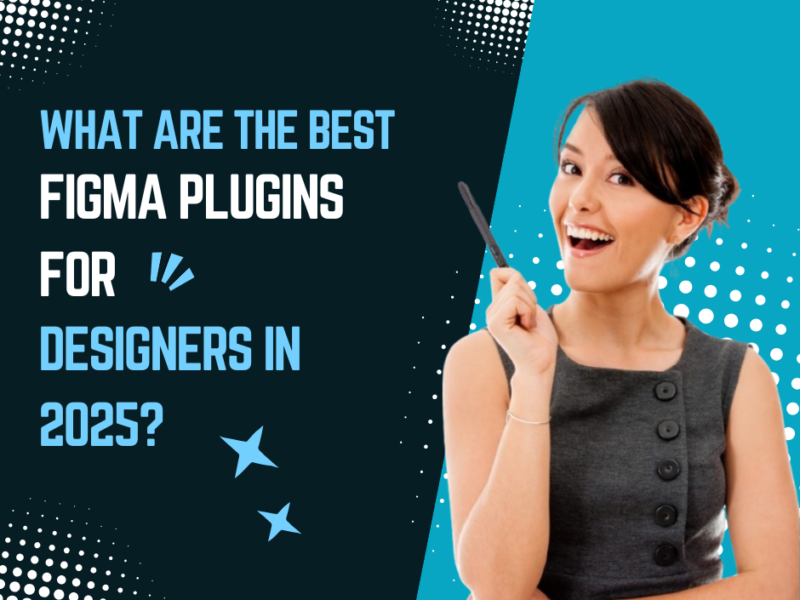How to Design Your Website for Maximum Engagement
In today’s digital landscape, simply having a website isn’t enough. Your site needs to be engaging, responsive, and user-friendly to capture and hold visitors’ attention. High engagement means more time spent on your website, higher conversion rates, and ultimately, increased revenue. If you want to know how to design your website for maximum engagement, here’s a complete guide to help you attract and retain users with an interactive, visually appealing, and well-optimized design.
1. Understand Your Audience
To design a website that resonates with visitors, you must understand who they are, what they value, and how they interact online. Consider factors like age, gender, interests, and behaviors. Use analytics tools to gain insights into these areas and tailor your website’s design to align with your audience’s preferences. For example, a younger audience might prefer vibrant visuals and social media integrations, whereas a professional audience may respond better to a minimalist and straightforward layout.
Tip: Conduct user surveys or focus groups to validate your design decisions based on actual user feedback.
2. Optimize Navigation
An intuitive navigation structure is a cornerstone of an engaging website. Visitors should be able to find what they’re looking for quickly and easily. A well-structured navigation bar, logical categorization, and a visible search feature are essential for smooth user experiences.
Key Elements for Optimized Navigation:
Simplify Menus: Avoid clutter by including only essential categories and pages.
Breadcrumbs: Guide visitors through your website, showing them their exact location.
Sticky Headers: A fixed header keeps important navigation options accessible as users scroll.
3. Use Compelling Visuals and Consistent Branding
Images, videos, and graphics can enhance a website’s appeal and make information more digestible. Ensure visuals are high-quality, relevant, and optimized to load quickly. Additionally, maintaining consistent branding across the website is essential to build trust and recognition.
Pro Tips:
Use Authentic Images: Real images of your team, products, or workspace are more engaging than stock photos.
Prioritize Video Content: Video can effectively capture attention and convey complex messages quickly.
Stick to a Brand Palette: Use a consistent color scheme, font, and design style that reflects your brand’s personality.
4. Optimize for Mobile Devices
With over half of internet traffic coming from mobile devices, designing a mobile-responsive website is non-negotiable. A responsive design ensures that your site looks and functions well on all devices, from desktops to smartphones.
Tips for Mobile Optimization:
Test on Various Devices: Check how your website looks on different screen sizes.
Responsive Design Tools: Use CSS media queries or frameworks like Bootstrap to make your site responsive.
Touch-Friendly Design: Ensure buttons are big enough to tap easily and eliminate pop-ups that can frustrate mobile users.
5. Implement Interactive Elements
Adding interactive elements like quizzes, calculators, polls, or user-generated content encourages users to stay longer on your site. These elements make your website feel more dynamic and allow visitors to interact with your brand in a fun and engaging way.
Ideas for Interactive Features:
Customer Chatbots: Answer queries instantly with AI-powered chat support.
Surveys and Polls: Engage users and gather feedback on their preferences.
Social Sharing Buttons: Allow users to share content they enjoy directly from your website.
6. Prioritize Page Speed
Slow-loading pages are a top reason for high bounce rates. If visitors have to wait too long for your site to load, they’re likely to leave and may never return. Optimize images, minimize JavaScript, and leverage caching to boost page speed.
Page Speed Boosters:
Image Optimization: Compress images without compromising quality.
Lazy Loading: Load images only as users scroll down the page.
Use a Content Delivery Network (CDN): CDNs store copies of your site on servers around the world, reducing load time for users regardless of their location.
Also read: Building a Web Design Business: Tips from the Pros
7. Create Clear Calls to Action (CTAs)
Engagement often hinges on clear and compelling calls to action. CTAs guide visitors toward desired actions, such as signing up for a newsletter, making a purchase, or reading more content. Ensure your CTAs are visible, concise, and action-oriented.
CTA Best Practices:
Use Active Language: Words like “Get Started,” “Download Now,” or “Learn More” encourage immediate action.
Strategic Placement: Position CTAs where they are naturally seen, such as after informative sections or near the bottom of the page.
A/B Testing: Experiment with different placements, colors, and wording to find the most effective CTA.
8. Add Social Proof
Including social proof, such as customer reviews, testimonials, or trust badges, can significantly boost engagement by building trust. Social proof validates your brand’s credibility and reassures visitors that others have had positive experiences with your product or service.
Types of Social Proof to Use:
Customer Testimonials: Showcase positive feedback from satisfied clients.
Case Studies or Success Stories: Highlight specific results or successes your product or service has delivered.
Social Media Mentions: Display your brand’s popularity on social platforms.
9. Focus on Content Quality and Readability
Content is the heart of your website. High-quality, informative, and engaging content keeps visitors interested and enhances the likelihood of conversions. Structure your content to be scannable, with clear headings, bullet points, and short paragraphs.
Content Tips:
Use Headings and Subheadings: Break up text to make it easier to scan.
Write for Your Audience: Address their needs, concerns, and interests directly.
Optimize for SEO: Use relevant keywords naturally and link to related content.
10. Conduct Usability Testing Regularly
To ensure that your website remains engaging over time, conduct regular usability testing. This involves testing your website’s functionality, design, and content with real users to identify areas for improvement.
Ways to Test Usability:
A/B Testing: Compare different design elements to see what works best.
Heatmaps: Use tools like Hotjar to see where visitors are clicking or dropping off.
Feedback Surveys: Ask visitors for feedback on their experience.
FAQ
What is the importance of website engagement?
Website engagement is critical because it affects how long visitors stay on your site, their likelihood of returning, and the overall success of conversions. Engaging websites leads to higher user satisfaction and more sales.
How does page speed affect website engagement?
Page speed is a major factor in website engagement. Slow-loading pages leads to higher bounce rates, as visitors are more likely to leave if a page takes too long to load. Improving page speed makes your website more enjoyable to browse, leading to better engagement.
Why is mobile optimization essential for engagement?
With the rise of mobile users, websites need to be responsive and easy to navigate on all devices. Mobile optimization ensures that visitors can access content, navigate smoothly, and engage with features regardless of their device.
How can I make my website content more engaging?
Use visuals, interactive elements, and clear CTAs to make content engaging. Break up text with headings, add videos or infographics, and ensure content speaks directly to your audience’s needs and interests.
How often should I update my website design to keep it engaging?
Regular updates are important, but you don’t need to overhaul your design constantly. Conduct usability tests every few months and make iterative updates based on analytics and feedback to keep the design fresh and engaging.
Conclusion
Designing a website for maximum engagement requires a balance of aesthetic appeal, usability, and technical optimization. By focusing on understanding your audience, streamlining navigation, incorporating high-quality visuals, and ensuring mobile responsiveness, you can create a website that captivates visitors and encourages interaction. Additionally, optimizing page speed and adding interactive features like chatbots and social sharing buttons can further elevate user engagement. Remember, the goal is to build a seamless, enjoyable experience that meets your users’ needs and reflects your brand’s identity. With these strategies in place, you’ll be well on your way to crafting a website that not only attracts but also retains and engages your audience effectively.








